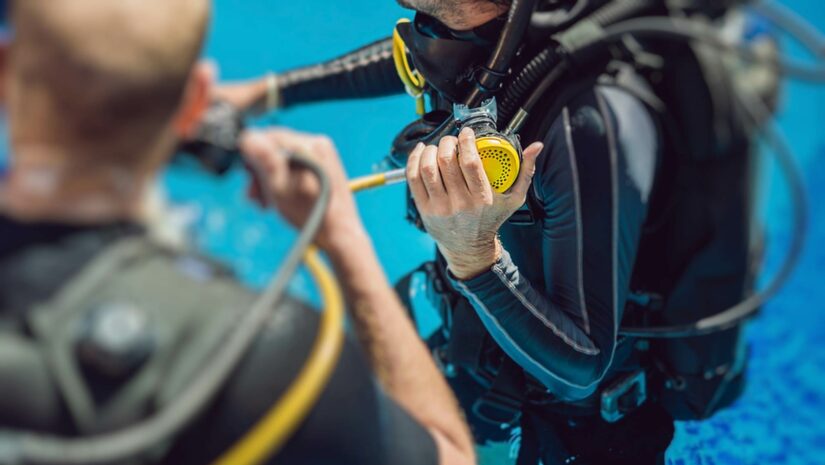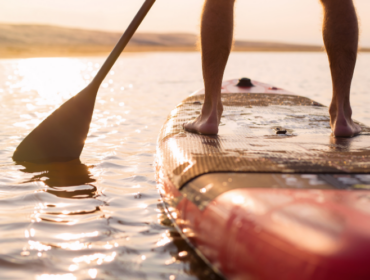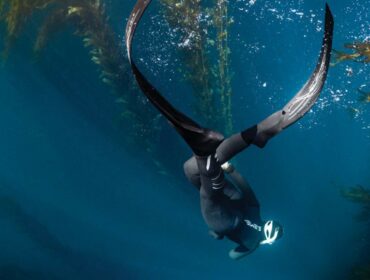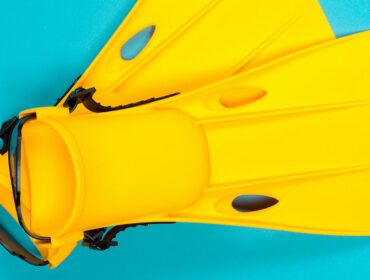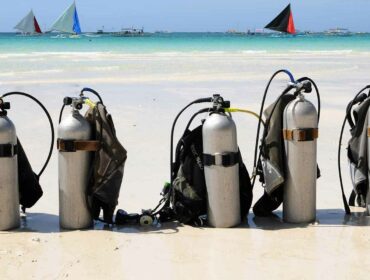One of the most common problems you might face at some point in your diving career is stopping a free-flowing regulator. It can be pretty nerve-wracking when it happens since air is a diver’s lifeline underwater. A regulator-free flow has also been one of the top causes of ascent-related incidents, as divers tend to shoot to the surface following a regulator-free flow, throwing caution to the wind. But that is just about the worst thing you can do.
How does a scuba regulator work for a diver? It acts as a lifeline between him and his air source while diving. This is the part connected to the gas cylinder where oxygen is compressed inside the cylinder tanks. The regulator helps normalize the air pressure to a safe level whenever divers inhale through the mouthpiece. Having a regulator free-flow means losing control over how much air is put out, which is a tremendous waste of precious gas.
There are several reasons a regulator would start free-flowing. Cold water is often the main culprit. A poorly maintained or faulty piece can also lead to free-flowing. It is also possible for salt, sand, or other debris to get into the regulator and cause the free-flowing.
When you breathe off a regulator, your inhalations will lower the pressure in the second stage, causing the diaphragm to get pulled in and the airway to open. To reduce the effect of breathing, many regulators use the Venturi Effect, which uses high-speed gas to maintain a low-pressure area. When the Venturi Effect takes over, that is when your regulator will free flow.
The second stage in regulators is designed to be fail-safe. This means that if anything fails inside the regulator, it will flow continuously instead of ceasing to work. So, if you’re faced with this scuba diving gear problem underwater, here are the best ways to respond so you can continue breathing safely.
Breathing from a Free-Flowing Scuba Regulator

It is possible to breathe from the free-flowing air as it streams out of the regulator, but this technique takes quite some time to practice and feel comfortable doing. It can be very useful for you to try practicing it in a controlled environment under safe conditions to get a feel of what you need to do if this happens in an actual diving scenario.
Breathing from the free-flowing air first requires you to tilt your head to the right where your regulator hose is and firmly keep it in while taking your mouthpiece’s left side off. Then, you must press the purge button using your tongue as a splash guard. This will prevent choking on water. Take several breaths from the regulator. If done correctly, a good amount of air will rush out, which you can inhale. Practice this until you get the hang of it.
Your Other Options for Free-Flowing Regulators
1. If you carry a pony tank, switch to your bail-out gas.
2. If you’re not carrying a bail-out gas, keep calm and immediately switch to your buddy’s alternate air source. You will lose air reasonably quickly.
3. Take some deep breaths, assess the situation, and abort the dive safely with your buddy if necessary.
Preventing a Free-Flowing Regulator
Modern regulators are carefully designed and tested to provide reliable and excellent performance. This technology has significantly evolved, allowing divers to breathe effortlessly underwater, which diving pioneers could only dream of. On the other hand, a diving regulator is also prone to wear and tear if not regularly serviced.
What you can do is make sure your kit gets regular TLC. If it hasn’t been in use for a long time, have you serviced it for at least a month before you dive again? Also, remember that freshwater is more likely to cause a regulator-free flow than saltwater.
When diving in cold water, you must first check for moisture pre-dive to avoid freezing in cold air. Then, you must take your first check-out breaths submerged in shallow water immediately before the dive rather than above the surface in the chilly air. You should also consider unique cold-water regulators designed with various preventative measures to prevent free-flows. This is handy for divers who work in colder conditions more often.
For your next dive trip, thoroughly plan your itinerary and ensure your scuba gear is in mint condition. It’s also good to have a dive buddy you can trust in tough times, including being prepared with safety gear and alternate air sources.

